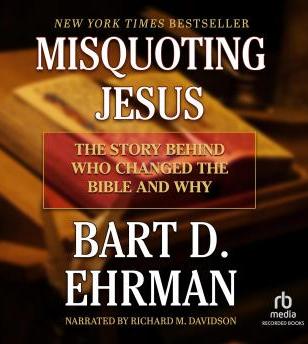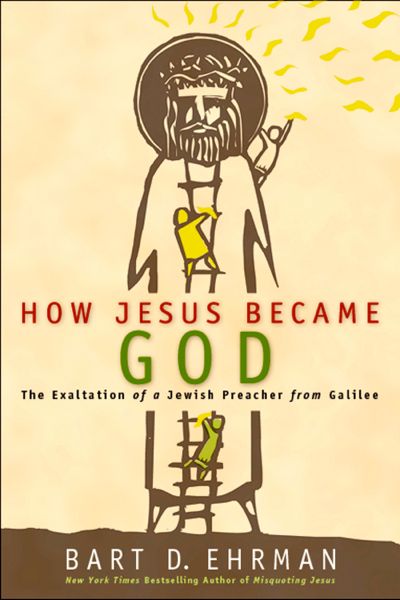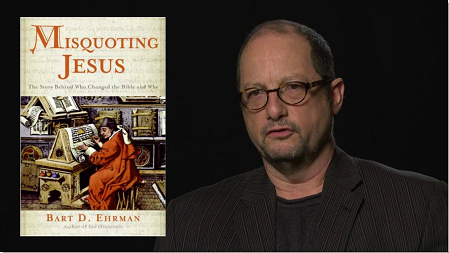|
home | what's new | other sites | contact | about |
|||||
|
Word Gems exploring self-realization, sacred personhood, and full humanity
Prof. Bart D. Ehrman
return to the main-page article on "Bible"
The story of the woman taken in adultery, John chapters seven and eight, was not part of the original text but added centuries later. How do we know this? This pericope is not found in the earlier and best manuscripts but appears in copies centuries later. Further, the early commentators on John know nothing of this story. It appears that about a thousand years after the time of Christ some scribe thought that this narrative would be a good way of describing the compassion of Jesus, and it was added in the margins of a copy. Later, subsequent scribes simply added the marginal reference to the main text, thereby creating the illusion that it was all genuine information. Fake news. We are shocked to know of all this as the "woman taken in adultery" and Jesus' compassion is a very well known item in the New Testament - but it never happened. This story was added to the text a thousand years after the time of Christ.
|
|||||
|
|


